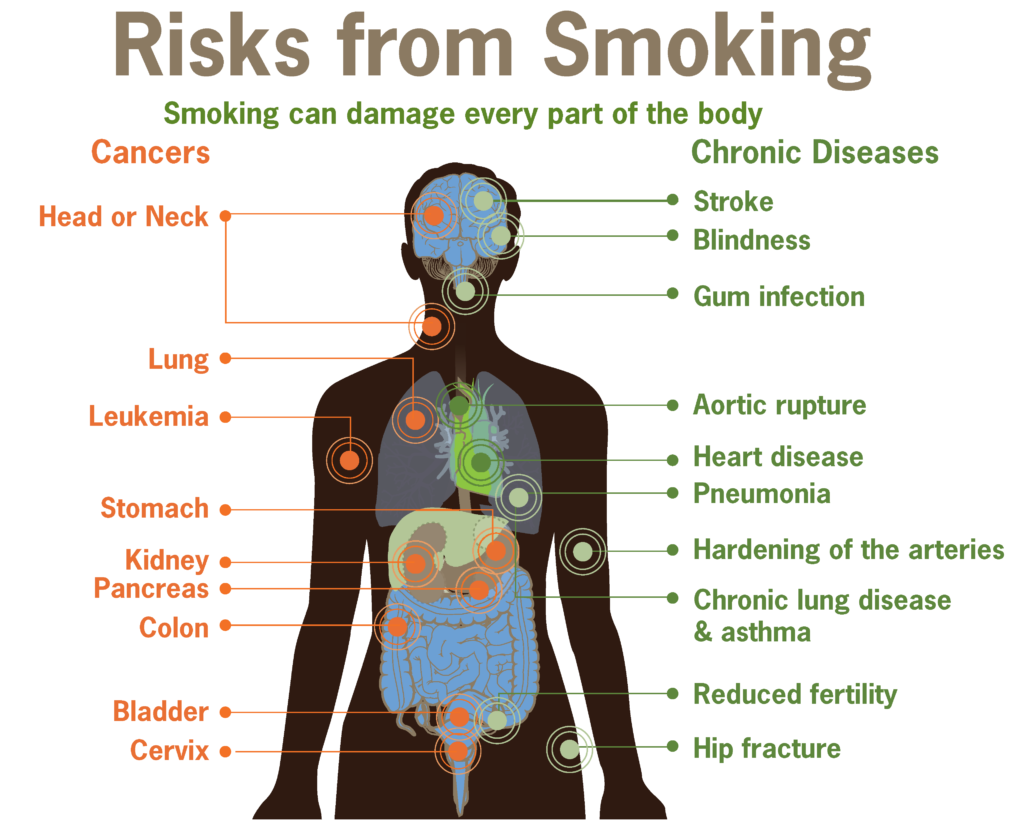By Henrylito D. Tacio
“A cigarette is the only consumer product which, when used as desired, kills its consumer.” – Dr. Gro Harlem Brundtland, former WHO director-general.
Winners never quit, quitters never win, so goes a saying. But when it comes to smoking, it is usually those who quit that emerge winners.
Dr. Willie T. Ong, author of several health books and active consultant in cardiology at the Manila Doctors Hospital and Makati Medical Center, said a person who quits smoking will immediately get his rewards instantly.
Citing a study done by the American Lung Association, Dr. Ong said the health benefits of quitting will “begin just 20 minutes after your last cigarette. Your blood pressure and heart rate will decrease, and the oxygen content of your body will increase.”
After the first day of quitting, a previous smoker’s risk of suffering a heart attack will be reduced. On the second day, his nerve endings will start to heal and his ability to smell and taste will improve. Between 2 weeks and 3 months after quitting, his blood circulation will improve. His cough will be lessened and walking will become easier. Soon, his lung function will improve dramatically.
“By the time you reach 15 years of never touching a cigarette, your risk of dying will be the same as a non-smoker,” Dr. Ong pointed out. “This just goes to show that the ill effects of smoking are serious and deadly. Quit early and quit now. Quit while you are still young to obtain the full health benefits from quitting.”

Currently, there are about 10 million Filipino smokers needing help to quit smoking. The Policy Recommendations for Smoking Cessation and Treatment of Tobacco Dependence said that it is not possible to reduce tobacco-related deaths over the next 30-50 years unless adult smokers are encouraged to quit.
Due to the addictiveness of tobacco products, tobacco users will need support in quitting, the document published by the World Health Organization (WHO) added. However, only a small percentage of cigarette smokers (1-3%) achieve lasting abstinence, which is at least 12 months of abstinence from smoking, “using will power alone.”
“Evidence has shown that cessation is the only intervention with the potential to reduce tobacco-related deaths and should therefore be a part of an overall comprehensive tobacco control policy of any country,” said Dr. Enrique T. Ona when he was still the head of the Department of Health
Tobacco is a product of the fresh leaves of nicotiana plants. It is used as an aid in spiritual ceremonies and a recreational drug. It originated in the Americas, but was introduced to Europe by Jean Nicot, the French ambassador to Portugal in 1559. It quickly became popular and is an important trade crop in major parts of the world.
“Tobacco kills nearly six million people each year, of which more than 600,000 are non-smokers dying from breathing second-hand smoke,” the United Nations health agency said in a statement.
Today, smoking tobacco is “one of the biggest public health threats the world has ever faced,” the World Health Organization (WHO) declared. Every year, over 8 million people die from the vice.
“More than 7 million of those deaths are the result of direct tobacco use while around 1.3 million are the result of non-smokers being exposed to second-hand smoke,” the United Nations health agency pointed out.

Around 80% of the 1.3 billion tobacco users worldwide live in low- and middle-income countries, where the burden of tobacco-related illness and death is heaviest.
“Tobacco use contributes to poverty by diverting household spending from basic needs such as food and shelter to tobacco,” the WHO said. “This spending behavior is difficult to curb because tobacco is so addictive.”
In the Philippines, history records showed that tobacco was introduced in the late 16th century during the era of Spanish colonization when the Augustinians brought cigar tobacco seeds to the colony for cultivation. In 1686, William Dampier visited Mindanao and observed that smoking was a widespread custom.
Since then, more Filipinos are addicted to tobacco. In 2022, the Foundation for a Smoke-Free World said an estimated 16.4 million adults aged 15 years and older in the country are tobacco products users. This positions the country as the 15th globally and the 4th in the WHO Western Pacific Region in terms of the number of tobacco users.
But it’s not only adults who smoke but teenagers as well. In 2019, 12.5% of youth (18% boys and 7% girls) aged between 13 years and 15 years old were current tobacco product users in the country. Approximately 3% of youth (4.3% boys and 1.7% girls) were current smokeless tobacco users.
As a result, more Filipino died from smoking. In 2019, the foundation cited tobacco as “the highest risk factor driving the most death and disability combined.” Tobacco use, it claimed, accounted accounted for more than 112,112 deaths or 27% of all deaths in the country that year.
“Of tobacco deaths, 96,000 or 85% were attributed to smoking, 22,000 or 19% were second-hand smoking,” the foundation said.
Also in 2019, the foundation said tobacco use caused an estimated loss of 3.5 million disability-adjusted life years (DALYs) – 22% of total DALYs where tobacco accounts for loss of 886 thousand DALYs for IHD, 405 thousand DALYs for chronic obstructive pulmonary disease (COPD) and 532 thousand DALYs for stroke.

The health department cites the following harmful effects of cigarette use: lung cancer, mouth cancer, throat cancer, stroke, gangrene or death of body tissue, emphysema, impotence, and premature birth.
Because of these consequences, health advocates are urging Filipinos to quit smoking. “Some people can quit smoking just like that and suffer no side effects,” Dr. Ong noted. “However, for others, it can be a difficult process.”
Dr. Ong cited three factors responsible for the difficulty in quitting. “Knowing these factors will help you prepare yourself for the quitting process,” he said.
The factors were: (1) the number of cigarettes being smoked each day, (2) the people who smoke around the person who wants to quit, and (3) the real reason why the person smokes. “It could be due to peer pressure or for weight control,” Dr. Ong said of the latter.
“If you really want to quit smoking, you must identify the situations that trigger you to smoke, and do your best to avoid them,” Dr. Ong suggested.
If you haven’t smoked in your life, don’t try to do so. Perhaps the statement of Mignon McLaughlin, author of The Second Neurotic’s Notebook (1966) is a good excuse: “I’m glad I don’t have to explain to a man from Mars why each day I set fire to dozens of little pieces of paper and put them in my mouth.” – ###
(Photo credits: Wikipedia)








